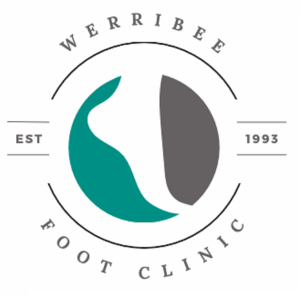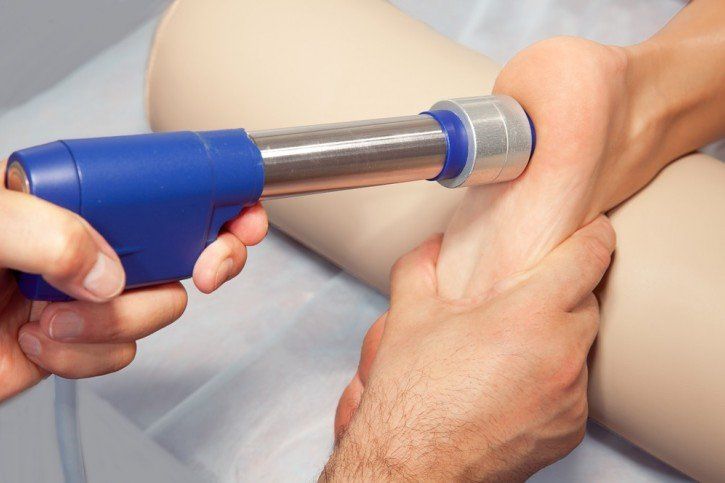Treating Heel Pain with Shockwave Therapy: A Modern Approach to Relief
Treating Heel pain with shockwave therapy has emerged as a promising solution, particularly for chronic cases that haven’t responded well to traditional treatments. Heel pain can be a persistent and frustrating condition, impacting daily activities and overall quality of life. In this blog post, we’ll delve into what shockwave therapy is, how it works, and its effectiveness in treating heel pain.
What is Shockwave Therapy?
Shockwave therapy, also known as extracorporeal shock wave therapy (ESWT), is a non-invasive treatment that uses acoustic waves to promote healing in damaged tissues. The therapy involves delivering high-energy shockwaves to the affected area, which stimulates cellular repair and regeneration.
How Does Shockwave Therapy Work?
- Generation of Shockwaves:
- Shockwaves are high-energy, pulsating waves that travel through the skin and tissues to reach the targeted area. These waves are typically generated by a device that creates the pulses either electro-hydraulically, piezoelectrically, or electromagnetically.
- Penetration and Stimulation:
- The shockwaves penetrate the skin and underlying tissues, reaching the affected area with precision. This stimulation increases blood flow, reduces inflammation, and promotes the healing of damaged tissues.
- Healing Response:
- The treatment triggers a biological response in the body, enhancing the repair process. This includes the activation of stem cells, the production of collagen, and improved circulation to the damaged area.
Indications for Shockwave Therapy in Heel Pain
Shockwave therapy is particularly effective for treating heel pain caused by conditions such as:
- Plantar Fasciitis:
- One of the most common causes of heel pain, plantar fasciitis involves inflammation of the plantar fascia. Shockwave therapy can help reduce inflammation, alleviate pain, and promote healing of the fascia.
- Achilles Tendinitis:
- Inflammation or degeneration of the Achilles tendon can benefit from shockwave therapy, which helps reduce pain and stimulate tissue repair in the tendon.
- Heel Spurs:
- While heel spurs themselves may not be painful, they are often associated with conditions like plantar fasciitis. Shockwave therapy can help address the underlying inflammation and pain.
- Chronic Heel Pain:
- For cases of heel pain that have not responded to other conservative treatments, shockwave therapy can offer a viable alternative, especially when traditional methods have failed.
Benefits of Shockwave Therapy
- Non-Invasive:
- Shockwave therapy is a non-surgical treatment, meaning no incisions or anesthesia are required. It offers a less invasive option compared to surgical interventions.
- Effective for Chronic Conditions:
- It is particularly beneficial for chronic heel pain that has not responded to other treatments, such as physical therapy or medications.
- Minimal Recovery Time:
- Most patients can return to their normal activities shortly after treatment. The procedure typically involves minimal discomfort and does not require significant downtime.
- Long-Term Relief:
- Many patients experience significant pain relief and functional improvement following a series of shockwave therapy sessions.
What to Expect During and After Treatment
- Procedure:
- A gel is applied to the skin over the affected area to facilitate the transmission of shockwaves. The device is then used to deliver pulses to the heel. The treatment itself typically lasts about 5-10 minutes.
- Sensation:
- Some patients may experience mild discomfort or a tingling sensation during the treatment. This is usually well-tolerated and temporary.
- Post-Treatment Care:
- After treatment, you may experience some soreness or swelling, similar to a mild bruise. This is normal and usually subsides within a few days. Most people can resume their regular activities immediately, though it’s advised to avoid high-impact activities for a short period.
- Follow-Up:
- A typical treatment plan involves several sessions, spaced a week or two apart. Your podiatrist will recommend a personalized treatment schedule based on your condition and response to therapy.
Effectiveness and Considerations
- Research and Evidence:
- Numerous studies have demonstrated the effectiveness of shockwave therapy for conditions like plantar fasciitis and Achilles tendinitis. Research shows that it can lead to significant reductions in pain and improvements in function.
- Individual Response:
- While many patients benefit from shockwave therapy, individual responses can vary. Some may experience substantial relief after a few sessions, while others may require additional treatments.
- Consultation:
- It’s essential to consult with a podiatrist to determine if shockwave therapy is appropriate for your specific condition. They can assess your overall health, review your medical history, and recommend the best treatment approach.
Conclusion
Shockwave therapy offers a modern, non-invasive option for managing heel pain, particularly when other treatments have proven ineffective. By stimulating the body’s natural healing processes, it can provide relief from chronic pain and improve overall function. If you’re struggling with persistent heel pain, consider discussing shockwave therapy with your podiatrist to explore if this innovative treatment could be a suitable solution for you.
To book an appointment with one of our friendly podiatrists follow the link https://werribee-foot-clinic.cliniko.com/bookings?embedded=true#service



